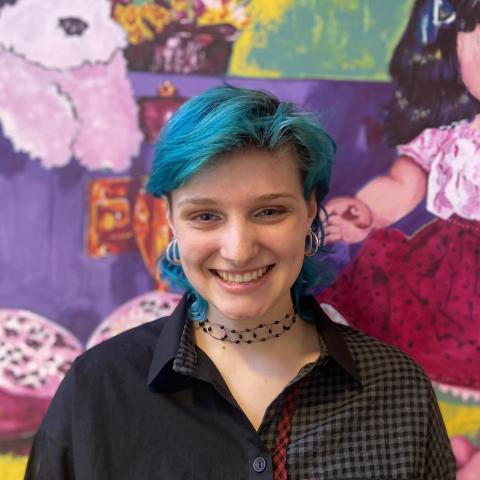
How can I elevate the exploration of visual language found in skate culture? Skateboarding is a sentimental pastime invoking “play, invention, innovation, creativity, competition, identity, social justice, and potential protest” (Gordon and Rodgers 13). The creativity that coincides with this art form, both performative and visual, brings immense joy and security to participants by encouraging them to develop their own goals. Foundationally these parameters lack rules, expectations, or limitations, producing an unrestrained environment (Gordon and Rogers 18). Skateboarders find ways to make their ideas a reality through physical movement and visual depictions personalizing their boards. Skateboards are artistic vessels of self-expression from the customization with stickers and paint to the unintentional scratches and markings embedded onto the board. This sophisticated equipment is a powerful tool that conveys meaningful thoughts and experiences and deserves recognition. The craft of creating skateboards needs to be uplifted when appreciating such a timeless hobby. A glimpse at skateboarding’s extensive history proves that the innovation and evolution of board design has been the driving force for its perseverance to remain prominent in mainstream society. Artistry of skateboards is vital to maintain improvisational play and experimentation for all participants. The design principles and process of construction aid in creating a tool that promotes the continuation of individualized expression and community care.
Ellen Stowell is graduating with a double major in Design (concentration in Graphic Design) and Visual & Performing Art (concentration in Studio Art). They strive to build greater community connections in art and theatre spaces. Ellen hopes to continue their education with graduate studies focused on theatrical design.